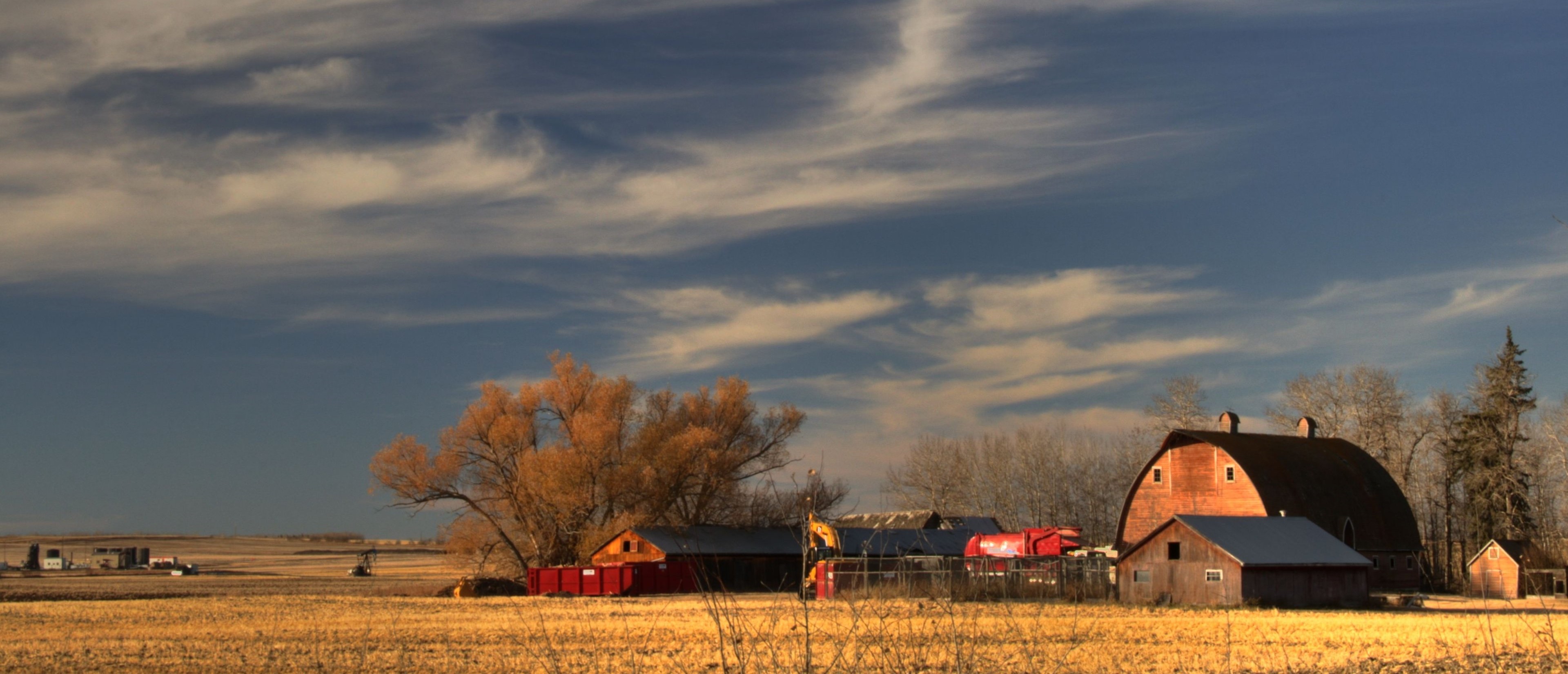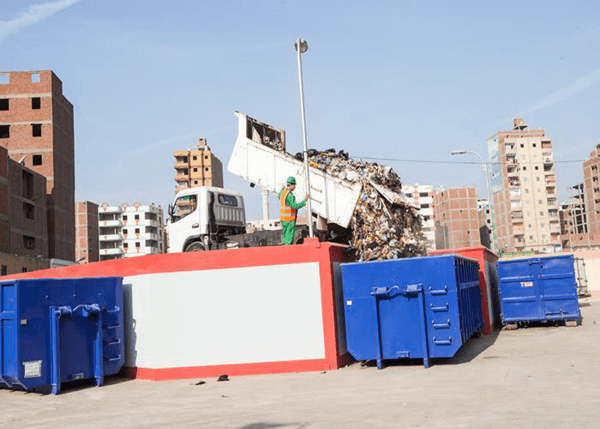City
Edmonton
Main actors
Local Government, City Government, Regional Government, NGO / Philanthropy, Community / Citizen Group, Public Utility
Project area
Metropolitan Area
Duration
2008 - 2014
Food production is added to urban planning policy and legislation to increase the normality of urban agriculture in Edmonton
While growing food has always occurred in cities, particularly in the later part of the twentieth-century food production lost its legitimacy as an acceptable urban activity and subsequently was largely erased from most urban planning policy and legislation. But over the past two decades, growing numbers of citizens are challenging urban municipalities to support and enable urban agriculture, as they engage in activities to better feed the city.
Development of Edmonton’s food and agriculture strategy, Fresh, included workshops, public education campaigns, and council hearings
This case study highlights how food activists within Edmonton mobilized local citizens to pressure City Council to change the parameters of what was up for debate regarding future urban development.
In response to the public mobilization, significant amendments were made to the Municipal Development Plan, putting on hold proposed residential and industrial developments in one of the few remaining agricultural regions in the city, and enabling the development of Fresh, Edmonton’s food and urban agriculture strategy.
On Map
The Map will be displayed after accepting cookie policy




